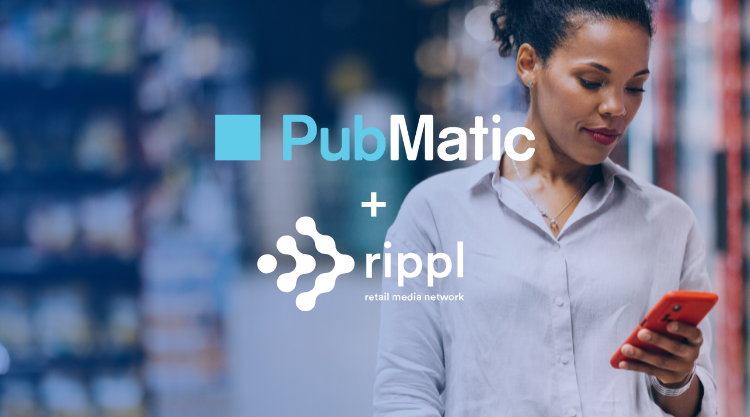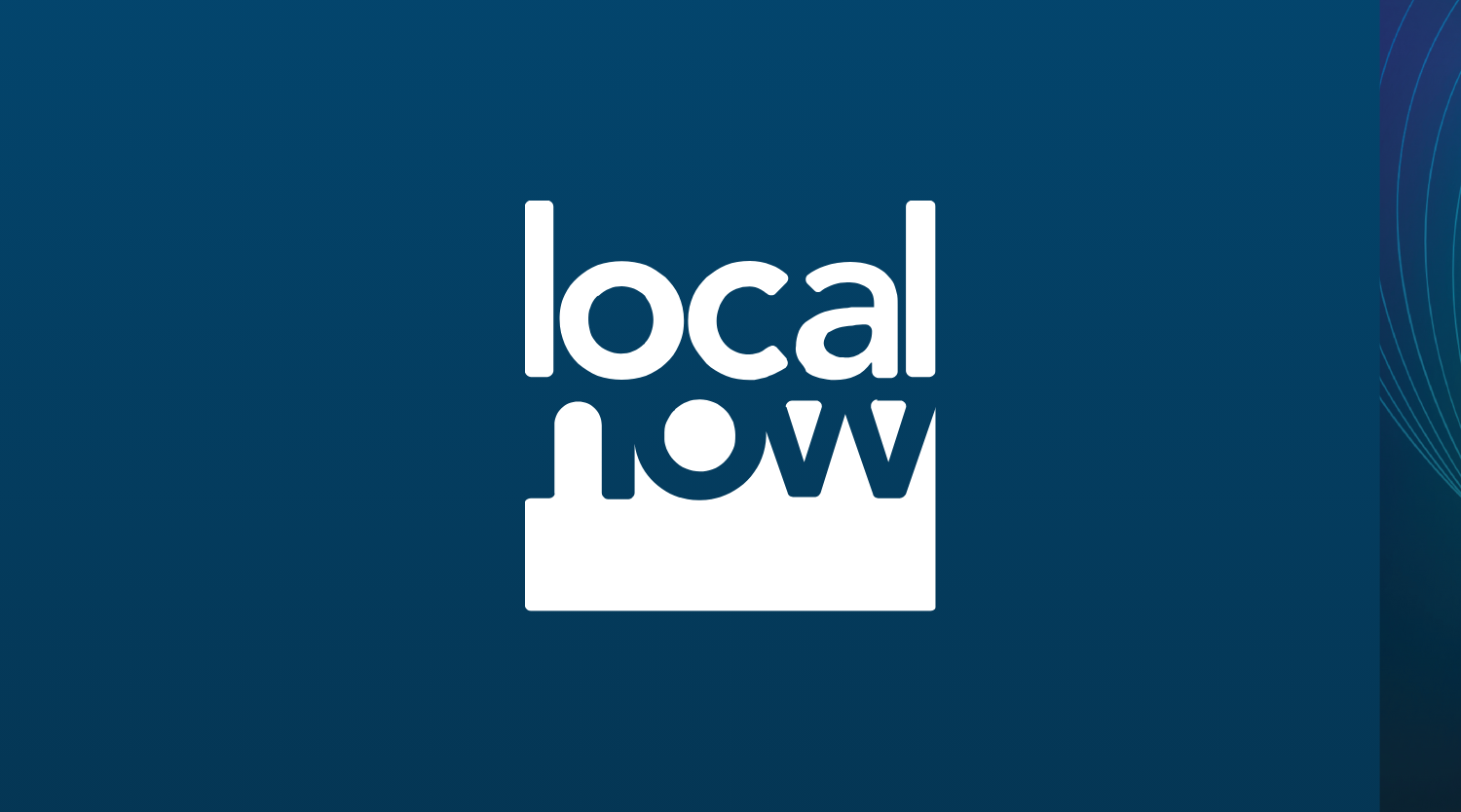According to MAGNA, programmatic ad spend (excluding social and search) in APAC markets grew 18% YOY in 2018. This level of growth is projected to steadily continue with a projected ad spend of $5.4B in 2022. The SEA market, in particular, holds great promise but comes with unique challenges.
Our team recently looked at the current state of programmatic in SEA markets, for both publishers and the buy-side, and we then look ahead for where we expect to see growth in the coming months.
Current State of Programmatic in SEA
Publishers in SEA are engaged and hungry to learn about programmatic. In support of the MAGNA findings, we have seen SEA publishers rapidly adopting programmatic, embracing header bidding and wrapper solutions plus PMPs.
On the buy-side, SEA remains heavily performance driven and buyers have a preference for direct IO booking. Programmatic is still nascent so there’s a considerable amount of education and support needed for the buy-side to transition spend over to programmatic and understand the capabilities.
Generally speaking, the major SEA markets in terms of size and opportunity are Indonesia and Thailand. With a bourgeoning middle-class and rapid mobile adoption, these markets offer a huge growth potential for global and local brands. In fact, a We Are Social report ranks Thailand is one of leading SEA markets for internet and mobile internet usage and MAGNA estimates Indonesia will grow to $425M in programmatic ad spend by 2022.
SEA Complexities
In many cases, we have seen publishers struggle to achieve premium CPMs. In Western markets within EMEA and NTAM, programmatic often commands the same price as direct IOs, however, in SEA it is an exception that programmatic is seen as “cheap” inventory. This exacerbates the challenge with sales teams because they can see programmatic as a threat rather than an opportunity. In order to address these misconceptions, further education is essential here.
On the buy-side, our team has seen a unique dynamic in SEA markets. Singapore is a hub for the region and often makes decisions for the overall market. However, this approach brings its own challenges as expertise and knowledge is very centralized.
In addition, there is a missed opportunity when decisions are made by buyers who lack the knowledge of the local media landscape, particularly where English isn’t the main language. However, we are seeing the beginning of change, driven by large global advertisers who can afford to have local teams and look to apply programmatic best practices to the market.
Working with the Duopoly
Publishers are particularly reliant on the ad stacks of the walled gardens in SEA, despite the long-term challenges associated with not diversifying. The growth of consortiums, such as OPPA in Thailand, are positive steps forward to offering a credible alternative to the duopoly, however it is still very early days.
There is also an eagerness to diversify from the duopoly on the buy-side. A particular area of growth is around rich media with a large increase in demand for high-impact units, especially for growth markets like Indonesia.
The Future of Programmatic in SEA Markets
Looking ahead, trust and transparency are becoming increasingly important in SEA and this will impact every relationship in ad tech. We believe publishers, in particular, will make the shift to sell less inventory for more revenue via programmatic.
For buyers, programmatic talent and resources are still a challenge but we expect to see growth here. Currently, the majority of buyers are relatively junior with less than 2 years of programmatic experience with the majority of training being provided by vendors rather than being managed in-house. This raises concerns of objectivity which will need to be addressed for future growth to happen.
Looking ahead, we also expect PMPs will enter the mainstream as buyers look for reassurances on quality when moving budgets from direct IOs to programmatic.
What’s Next?
PubMatic is excited for the growth in APAC, particularly the dynamic markets in SEA. To learn more about opportunities for both publishers and buyers, contact us to learn more.





